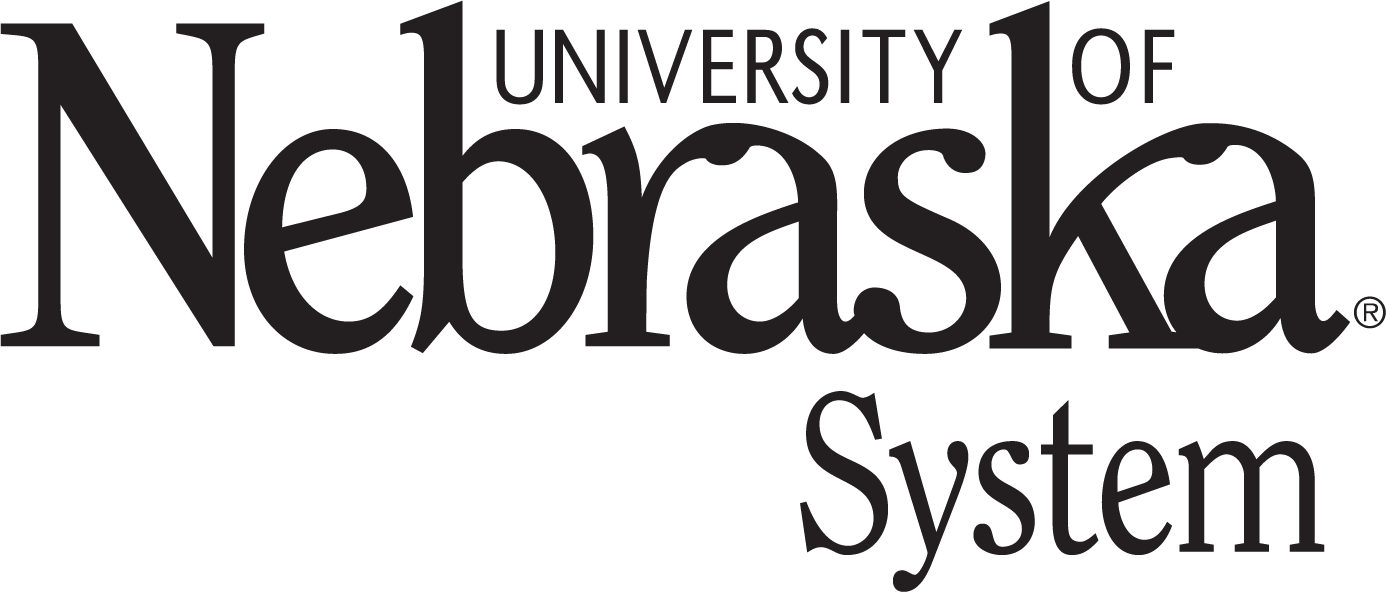41 Connection to OT Theoretical Knowledge
OT Theoretical Knowledge Guiding the Project
This project is grounded in occupational therapy theoretical knowledge, particularly the Model of Human Occupation (MOHO) and the Person-Environment-Occupation-Performance (PEOP) Model. MOHO emphasizes the connection between a person’s motivation, routines, environment, and occupational performance—all highly relevant to farmers and ranchers whose work is deeply tied to their identity and daily roles. By identifying common musculoskeletal injuries and barriers to occupational engagement, I was able to assess how volition, habituation, and performance capacity are disrupted and how they can be supported through practical intervention.

Additionally, the PEOP model guided the design of the pressbook by considering the fit between the person (farmer/rancher), their environment (often hazardous agricultural settings), their desired occupations (ranching, farming tasks), and their overall performance (grading/success). This model helped shape the prevention tips and safety strategies into solutions that are contextually appropriate, meaningful, and achievable. These frameworks ensured the project was client-centered and aligned with core OT principles.

OT Theory. (1980). Model of human occupations (MOHO). OT Theory. Retrieved March 27, 2025, from https://ottheory.com/therapy-model/model-human-occupations-moho
OT Theory. (2015). Person-Environment-Occupation-Performance model (PEOP). OT Theory. Retrieved March 27, 2025, from https://ottheory.com/index.php/therapy-model/person-environment-occupation-performance-model-peop
